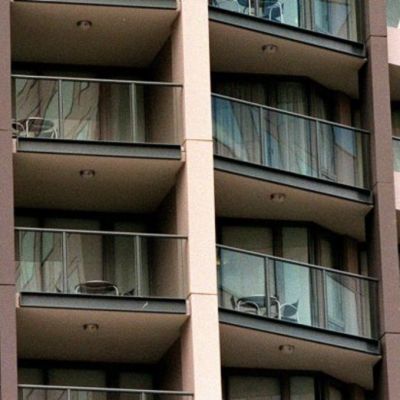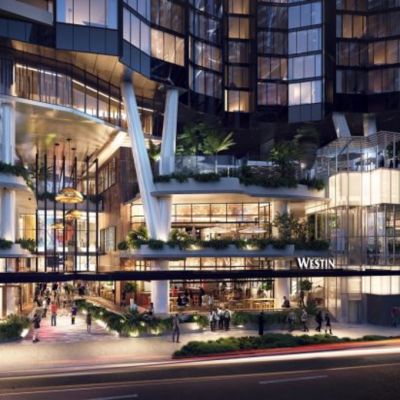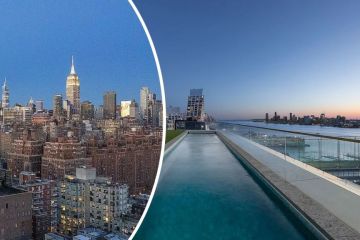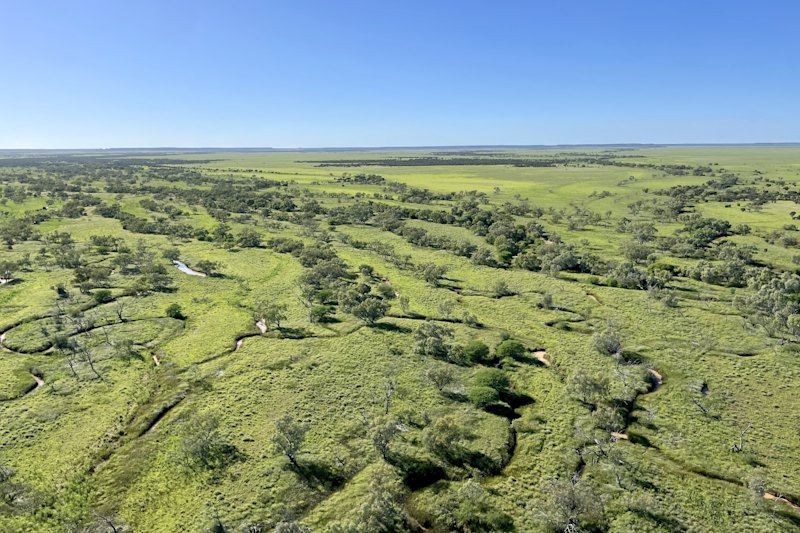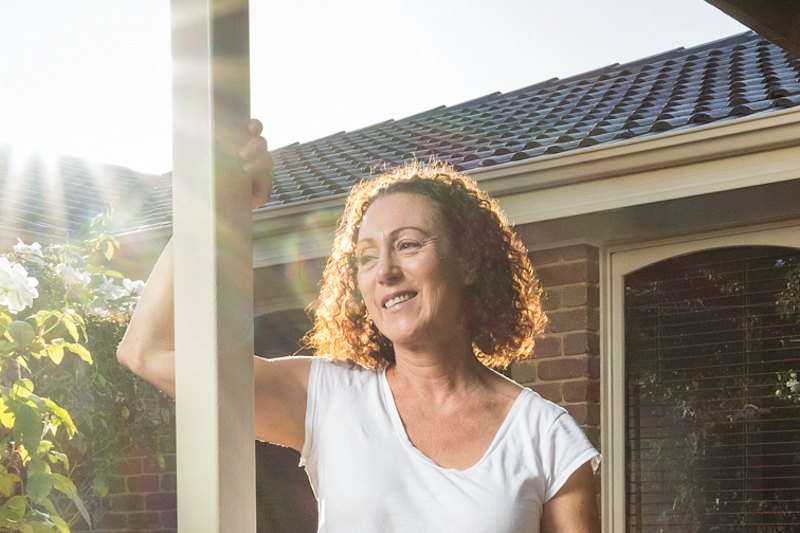For the first time in Australia, more apartments built than houses, ABS data shows
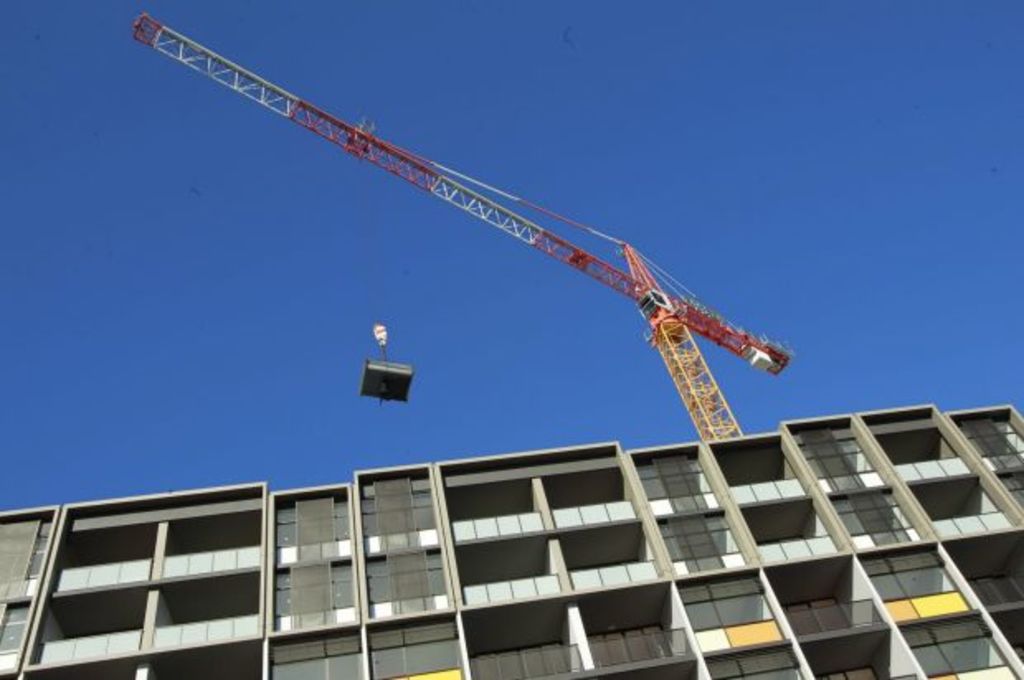
For the first time, more apartments than houses have been built across Australia, according to recent data from the ABS on Australian building approvals.
The figures show there were 28,527 units completed over the December 2016 quarter, compared to 28,102 houses in the same period. This is 5901 more than the number of units built during the September 2016 quarter.
Experts say this trend is likely to continue, as the surge of apartment projects approved as part of the building boom in recent years come to fruition.
Angie Zigomanis, from BIS Oxford Economics’ Residential Research division, says changes in attitude – and policy – are pushing more people into the off-the-plan apartment market.
“Part of it is due to state governments allowing more infill land to be zoned for higher density residential,” he says.
“There’s an element of people’s preferences changing – higher prices mean more renters, and more people want to rent somewhere low maintenance and convenient.”
It’s not just renters though, he says, with owner occupiers looking to trade in size for price and location, opting for more affordable properties closer to the city, which generally means apartments. Older Australians looking to downsize are also contributing to the trend.
Domain Group chief economist Andrew Wilson says the number of apartments built doesn’t come as a surprise.
“These are the completions that were in the pipeline – this is reflecting the very strong approval data for 2014 and 2015,” he says.
“Completions are backward looking – particularly with units. The typical supply horizons with units can be two to three years.”
Dr Wilson expects to see completion levels for apartments stay at a similar level in the near future, because of strong apartment price growth. Robust prices encourage buyers to choose off-the-plan apartments, a certain number of which need to be sold before a development can begin construction.
Mr Zigomanis agrees, saying strong demand from investors and overseas buyers for off-the-plan apartments was contributing to the unit completion rates.
“If you are a developer you need a certain number of presales to get it off the ground, and predominantly it’s investors doing presales,” he says.
So, while investors remain confident of capital gains they’ll continue to buy off-the-plan properties and the apartments will continue to actually be built.
“After that it depends on vacancy rates – and rental growth, price growth, if investors are still happy with the returns offered,” Mr Zigomanis says.
But he says there are certain factors that could affect presales, including the tightening of bank lending and in Victoria, the stamp duty concession for off-the-plan investors being removed.
Dr Wilson also highlights some regional variations affecting apartment completions, such as weak price growth in Adelaide and Canberra, although both cities have relatively tight rental markets offering investors ongoing rental yields.
In Brisbane and particularly Perth it’s a different story when it comes to settlement risk, he says.
“There’s no doubt there would be a surplus of supply in those markets. It’s very much a dual-speed market in that sense – Perth is very much the outlier.”
The ABS figures released last week show a drop in building commenced nationally – 28,854 houses and 26,226 other dwellings, which were down – 0.9 per cent and -1.7 per cent over the quarter respectively.
We recommend
We thought you might like
States
Capital Cities
Capital Cities - Rentals
Popular Areas
Allhomes
More
